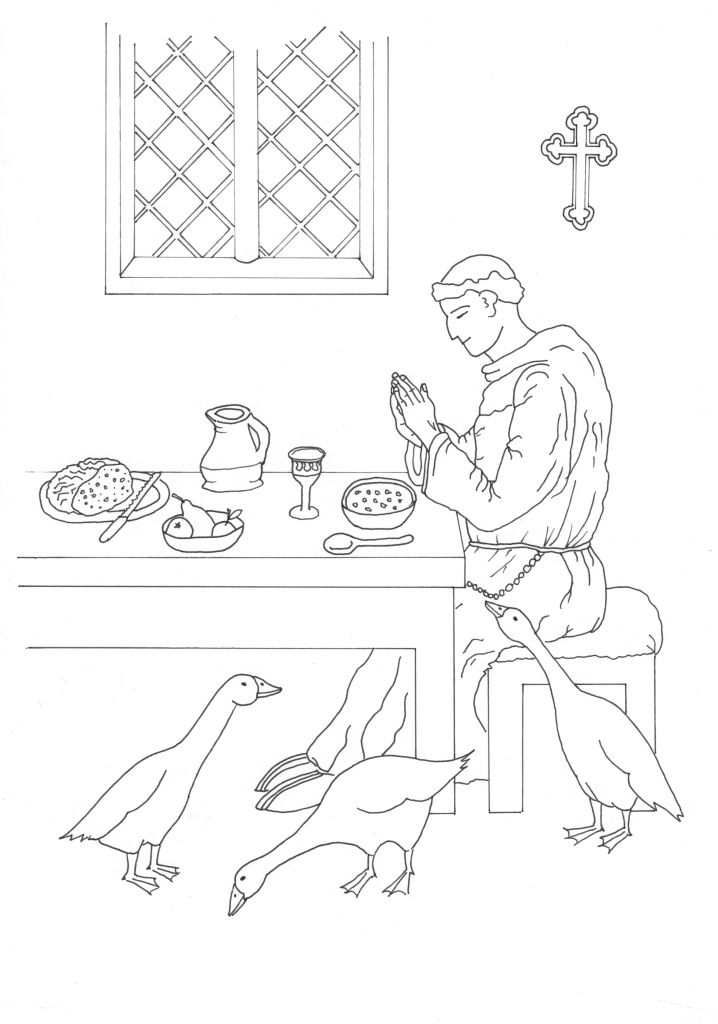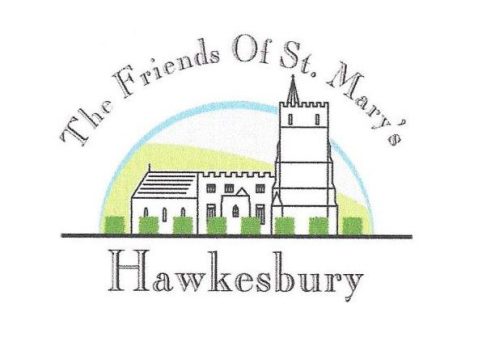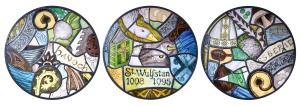
Find out more about St Mary’s very own saint – St Wulfstan.
Wulsfstan is the most celebrated of all Hawkesbury’s incumbents, being vicar of Hawkesbury prior to becoming Bishop of Worcester in 1062. He was canonised by the Pope after his death in 1095 and is now recognised as the patron saint of both vegetarians and the anti-slavery movement, both causes which had significant impact on his life.
Below are some of the legends as well as the facts about his remarkable life.
The Life of St Wulfstan
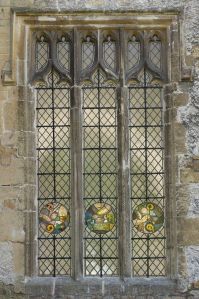
Wulfstan came to Hawkesbury around the year 1034, or soon afterwards, as a young man in his early twenties to join the small team of Clergy serving the area.
He had been born in Warwickshire, the son of Aethelstan and his wife Wulfgifa and the nephew of another Wulfstan who became Archbishop of York. Wulfstan had been given a good education at the Benedictine abbeys of Evesham and Peterborough.
On leaving Peterborough, Wulfstan joined the household of Britheah, Bishop of Worcester. Britheah had been the Abbot of Pershore before being appointed to Worcester, and it was Pershore Abbey that owned the manor of Hawkesbury from about 800AD. The Bishop was therefore familiar with Hawkesbury, it being Pershore’s largest estate (despite being 50 miles away), and it was probably this knowledge that persuaded him to send Wulfstan to Hawkesbury to serve.
Almost all we know about Wulfstan comes from the historian William of Malmesbury’s Wita Wulfstani, a twelfth century translation of an earlier biography by a monk by the name of Colman, who had been Wulfstan’s chaplain.
An Account by William of Malmesbury

William of Malmesbury described how Wulfstan became the patron saint of vegetarians:
“When Wulfstan was committed to Hawkesbury he was then barely come to manhood, yet he did not give thought to the pleasures of the world as a young man might; meanwhile he did not altogether refuse savoury meats and one day he ordered a goose to be roasted.
“The fowl was spitted and roasting, carefully tended by the scullion and in the heat of the fire the dripping began to run from it. Some of the servants were putting hot coals under, others were making ready the sauce. The savoury smell made their mouths water and they could not refrain from saying how good it was. Even Wulfstan was ensnared and his soul melted in delight, as it was foretasting the goose and the table was all but laid.
“It was now that he and his steward were called forth from the house on a business which came untimely but could not be delayed. So he went empty away and began to find fault in his lust of a moment. How weak the was the flesh that could be so tempted to evil.”
The pleasure passed quickly but the sin remained. He exacted from himself this penalty: that he should pay for the inordinate desire of one hour by perpetual abstinence. He made a vow and kept it, that he would never again eat that kind of food. And so Wulfstan came to be patron saint of vegetarians.
Wulfstan, Bishop of Worcester
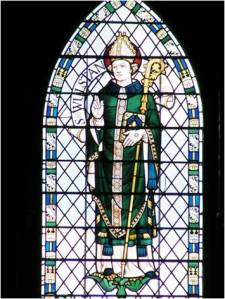
This story of the roasting goose is only one version but others agree that several servants were employed in the nearby kitchen, which may well have been on the site of the present vicarage.It is not the current church that Wulfstan would have known but the earlier Saxon one, whose foundations still lie below the present site and it would have been the only church in what was later to constitute the large parish of Hawkesbury and there are elements of the Saxon masonary still to be seen in the current building.
Wulfstan returned to Worcester after his time at Hawkesbury and during the bishopric of Ealdred he became dean of the cathedral. After appointment as Archbishop of York, Wulfstan was elected Bishop of Worcester at the Easter Assembly of 1062 (in part assisted by Harold Goodwin, for whom he acted as confidante).
He went on to become one of only three Saxon Bishops to survive the purge of clergy following the Norman conquest in 1070, having been one of the first to submit to William I. He continued to prove his loyalty to both William I and William II who both regarded him favourably, a testament to his astute political skills.
A social reformer, Wulfstan struggled to bridge the gap between the old and new regimes, and to alleviate the suffering of the poor. He was a strong opponent of the slave trade, and together with Lanfranc, was mainly responsible for ending the trade from Bristol.Wulfstan died in 1095 in his 87th year having been Bishop of Worcester for 33 years. He was buried in Worcester Cathedral, where his tomb became a shrine for many pilgrims. He was Canonised in 1203 by Pope Innocent III.
Please feel free to print this colouring sheet of St Wulfstan by Pip Westgate:
